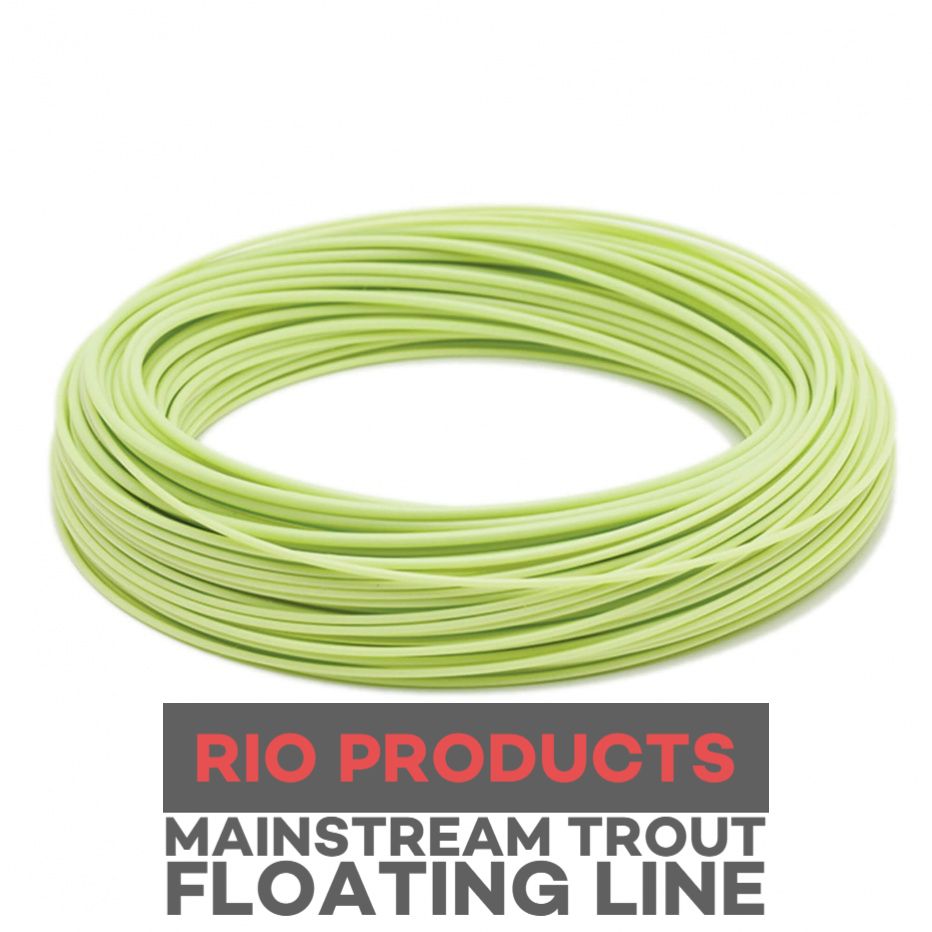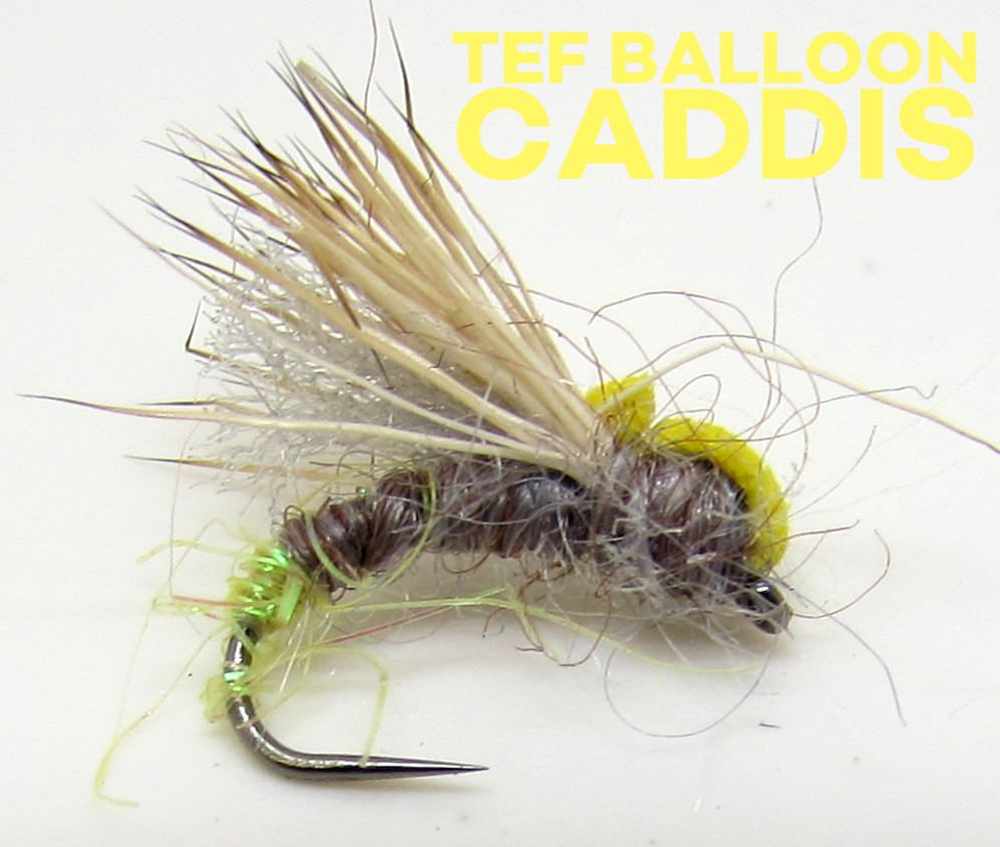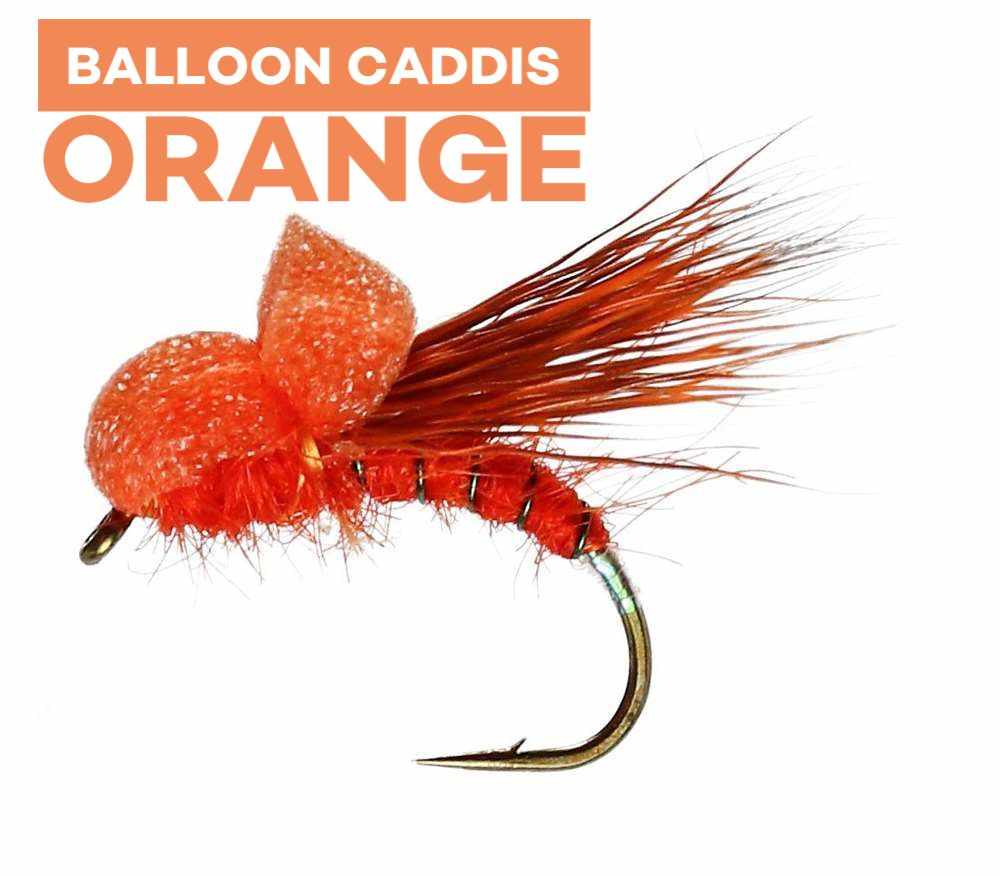Sedge Fishing
Paul Procter Tells Us His Secrets For Sedge!
The long hot days of July and August will see the bulk of sedges (caddisflies) hatch off come evening time. Whether it’s on a stillwater, or river those prepared to hang around in the evening often get the best of the fishing during summer, especially when hot, bright conditions persist. Better still, anglers who are stuck in the office all day, can rest assured that they’ll get a slice of the action too by heading out after dinner.
Search the water prior to the hatch!
As many sedge species emerge in open water, so dry fly tactics are generally the order of the day. That said, it’s well worth prospecting before the anticipated hatch of caddis. This is best done using a brace, or single sedge pupa, presented on a floating line. A tapered leader of 9ft will suffice when using a single fly, however, if you prefer to add a dropper then include a tippet length of 4ft before knotting on the point fly.
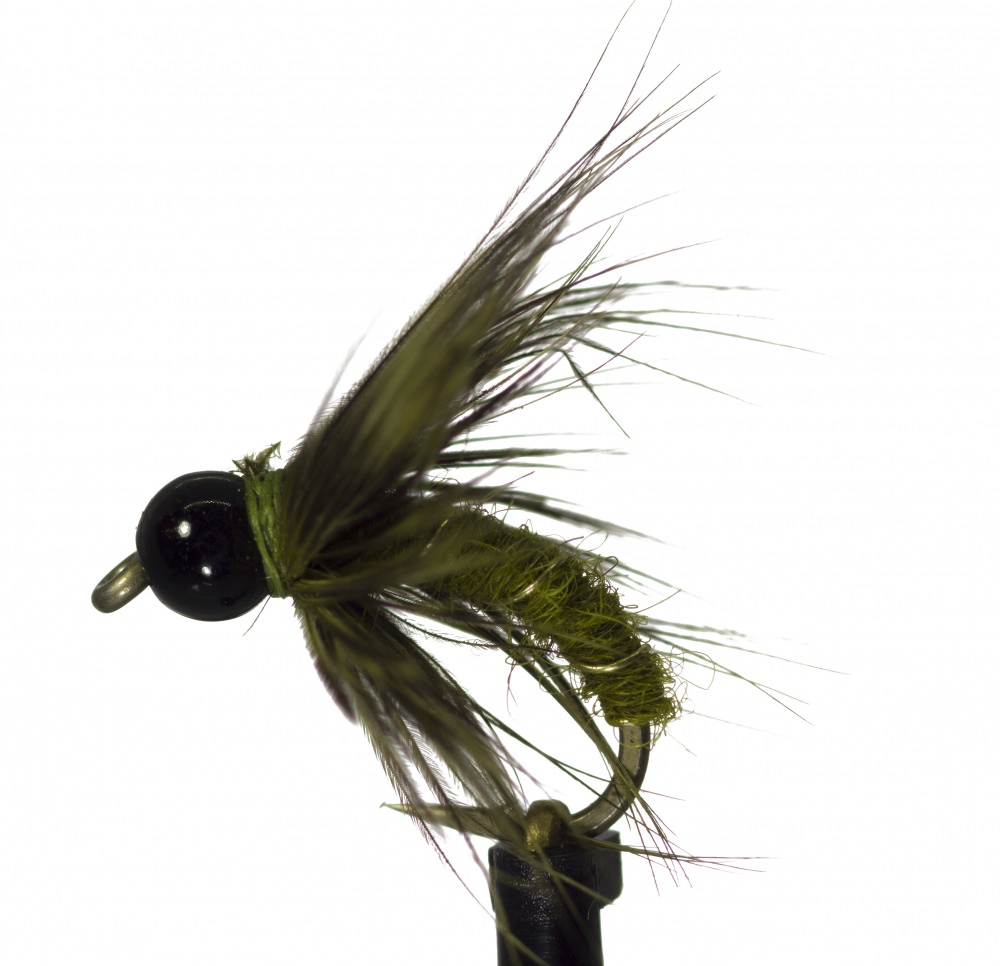
Get Your Fly Fishing Tackle HERE!
Degrease!
It’s vital you degrease the leader when fishing sedge pupae as you’ll need to retrieve them using an erratic figure-of-eight retrieve. If you select fluorocarbon as your leader/tippet this pretty much has the same effect as fluorocarbon cuts through the surface film instantly.
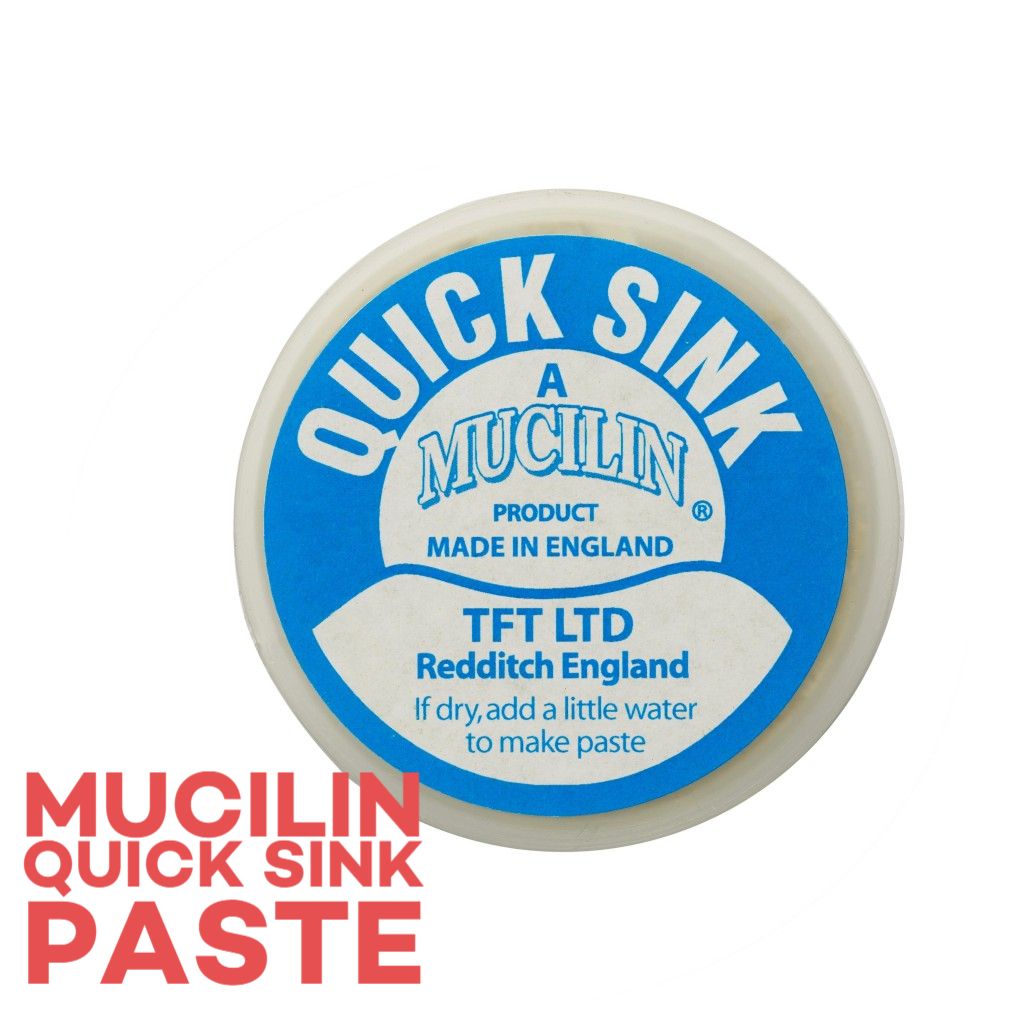
TEF Top Tip! Simply hold your leader to the sinkant and run through to achieve the best results!
Once your flies touch down after casting, give them a second or two to settle before retrieving them. It’s wise to include plenty of pauses in the retrieve, which mimics the natural pupa.
On Stillwaters...
On stillwaters aim to hold the rod tip approx 1ft above the surface as the now bowing fly line guards against smash takes, which frequently occur when trout chase sedge pupae.
On Rivers...
On rivers, you’re more likely to be casting upstream, so it’s often a case of keeping in touch with your flies by retrieving them marginally faster than the current speed. Takes to sedge pupa can be violent, but on the whole they are a firm tug on your line.
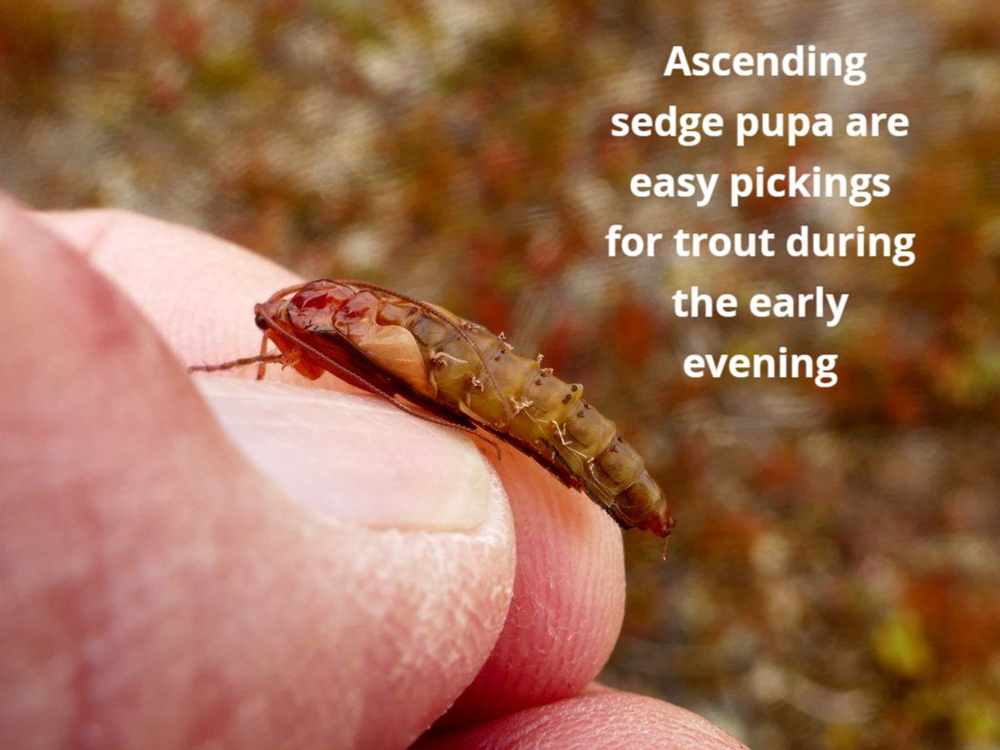
On The Dry - Paul's Favourite Fly!
Obviously, when caddis begin to emerge, trout will switch to surface flies. Granted, you can use an emerger pattern now, but on the whole an adult sedge imitation, like an elk hair caddis tends to be more effective, as this can be retrieved, or ‘worked’ in order to attract fish. I’m a big fan of the balloon caddis now, which has a foam head. Both on still, or running water, this can be momentarily drowned by a sharp tug on the line, only for it to pop back up to the surface seconds later. This disturbance is a great way of attracting trout to your fly when the hatch is dense.
Paul's Top Tip - "Keep an eye out for discarded caddis shucks, as these signal recent activity"
Floatant Is KEY!
Also, on ruffled water due to a breeze, or a river’s currents it’s probably best to work the fly back with short, sharp tweaks on the fly line. Again, takes can be savage, so adopt the slightly raised rod tip mentioned above. Sometimes though a static fly is the best option as often many sedges perish at the surface during the emergence phase. Either way, be sure to apply a generous dollop of floatant to the fly, so it sits proudly on the surface.
One of the gel type floatants are as good as any now.
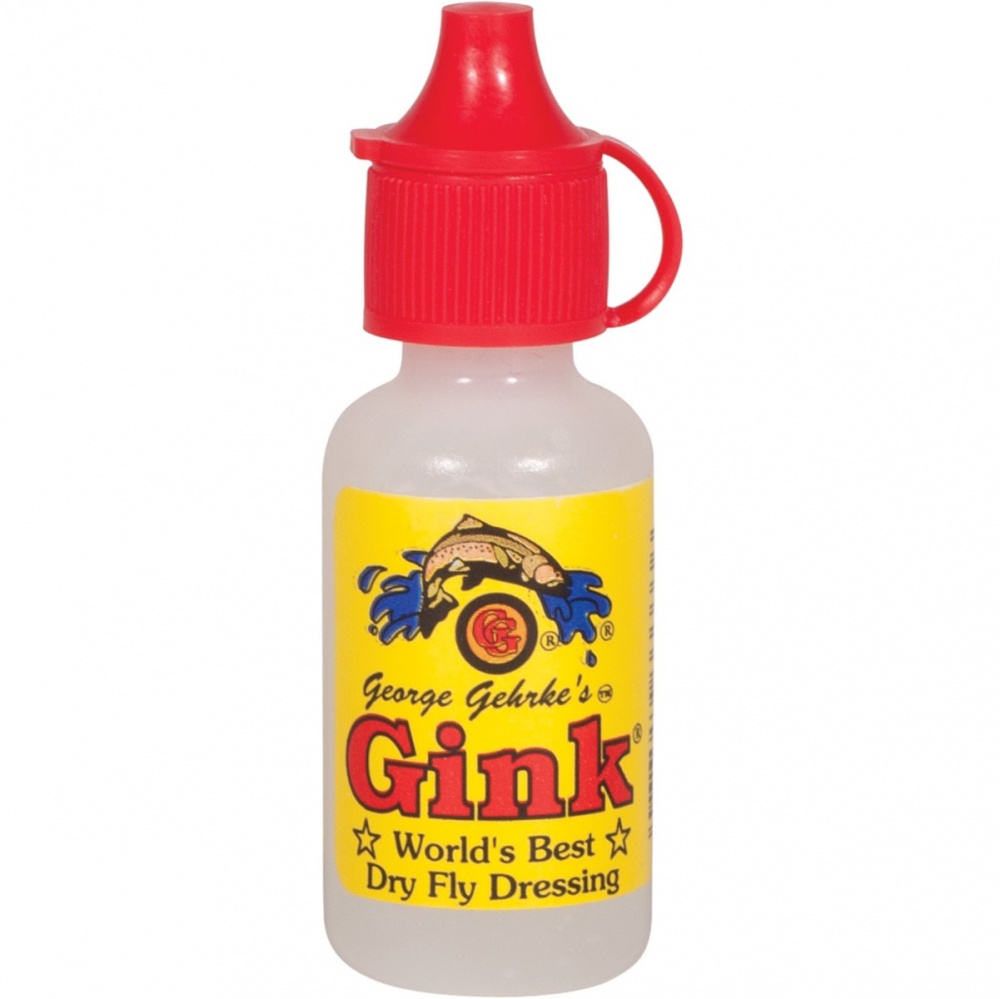
Furthermore, swamped flies are best brought back to life by treating them with a powder floatant. When The Light Fades Once the light fades too much to watch your fly, look to drop the rod tip to the surface, which gives you more direct contact with your fly, so you’re able to feel for takes. Remember though to slow down your retrieve now so there’s less likelihood of smash takes.





